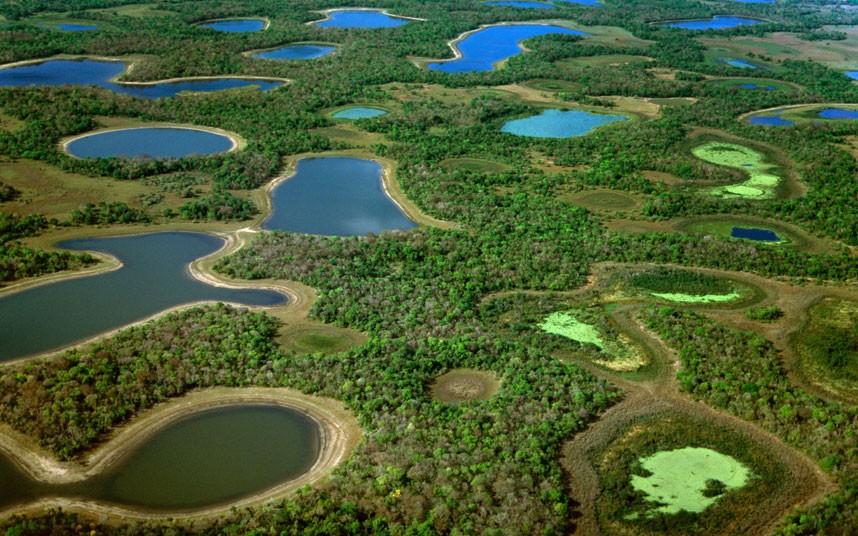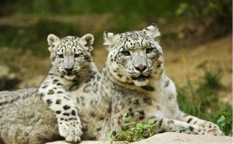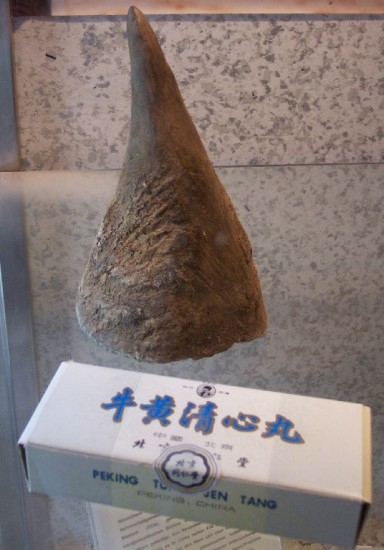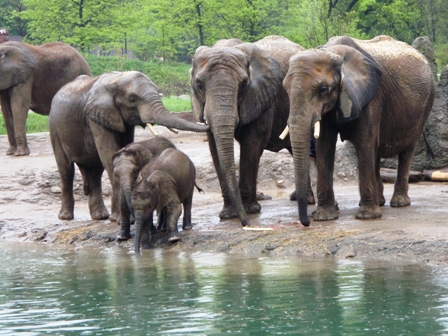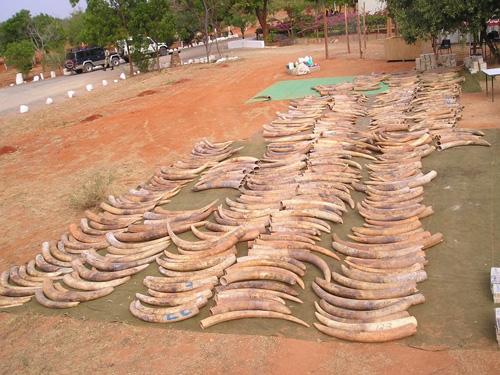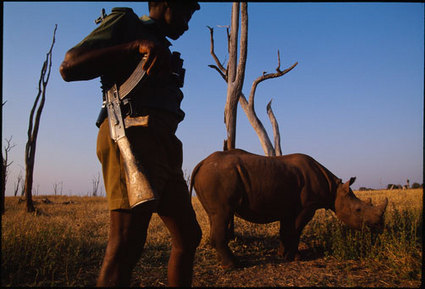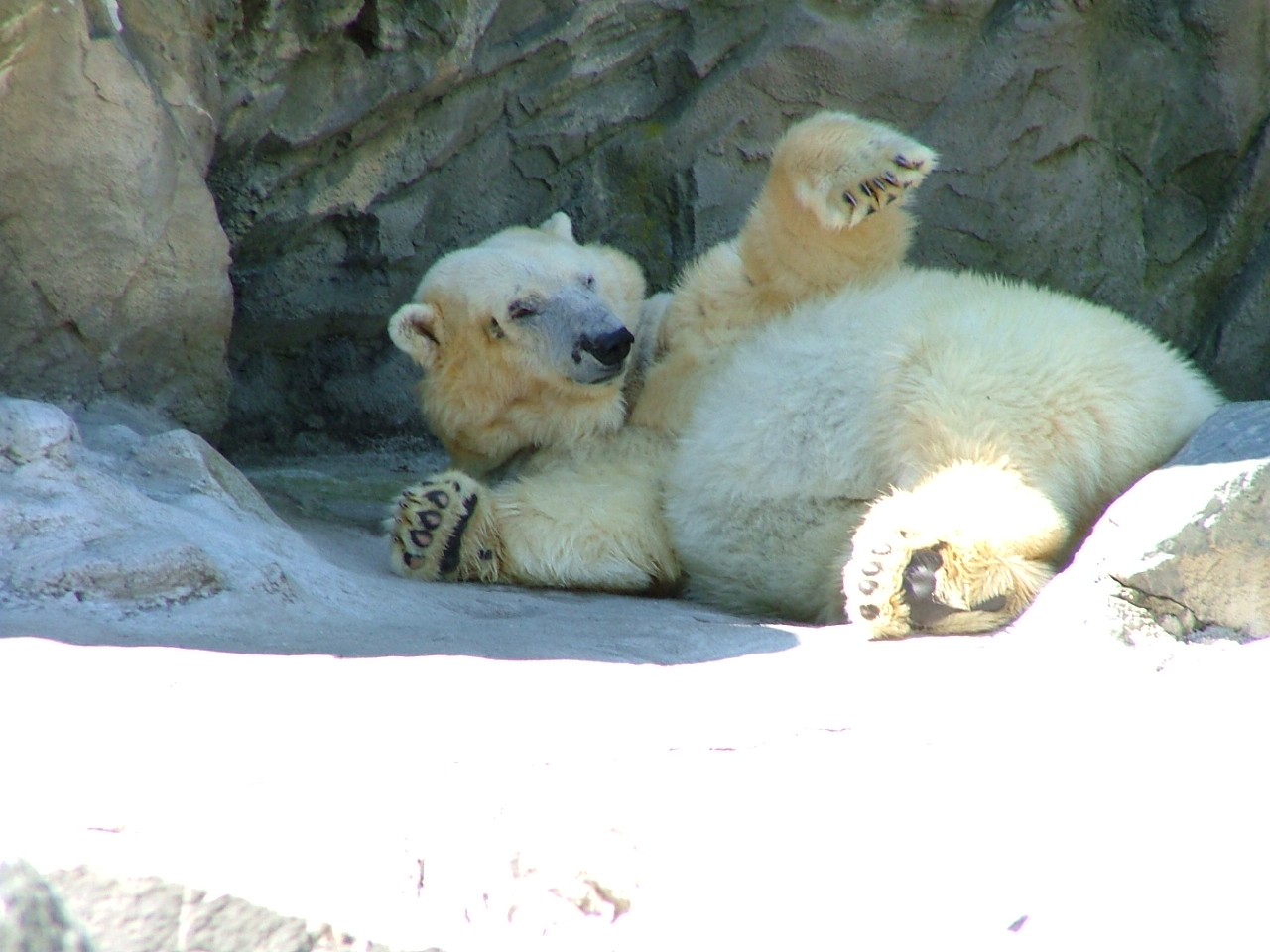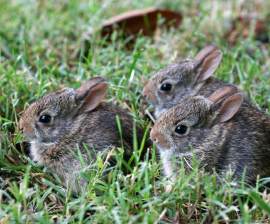Listed as an UNESCO World Heritage Area and one of the world’s largest tropical wetlands, the Pantanal covers 188,000 ha in western central Brazil. Bordering Bolivia and Paraguay, this freshwater ecosystem, fed by the Cuiabá and Paraguay rivers, is home to a variety of species found nowhere else on Earth. Modern pressures and an ever-growing human population continue to pose challenges for wildlife conservation and habitat preservation. Research projects centered on such species as the lowland tapir, giant river otter, and jaguar work relentlessly to mitigate human-wildlife conflict and secure safe rangeland to ensure wildlife are protected and given the …
Conservation Achievements in the Pantanal
